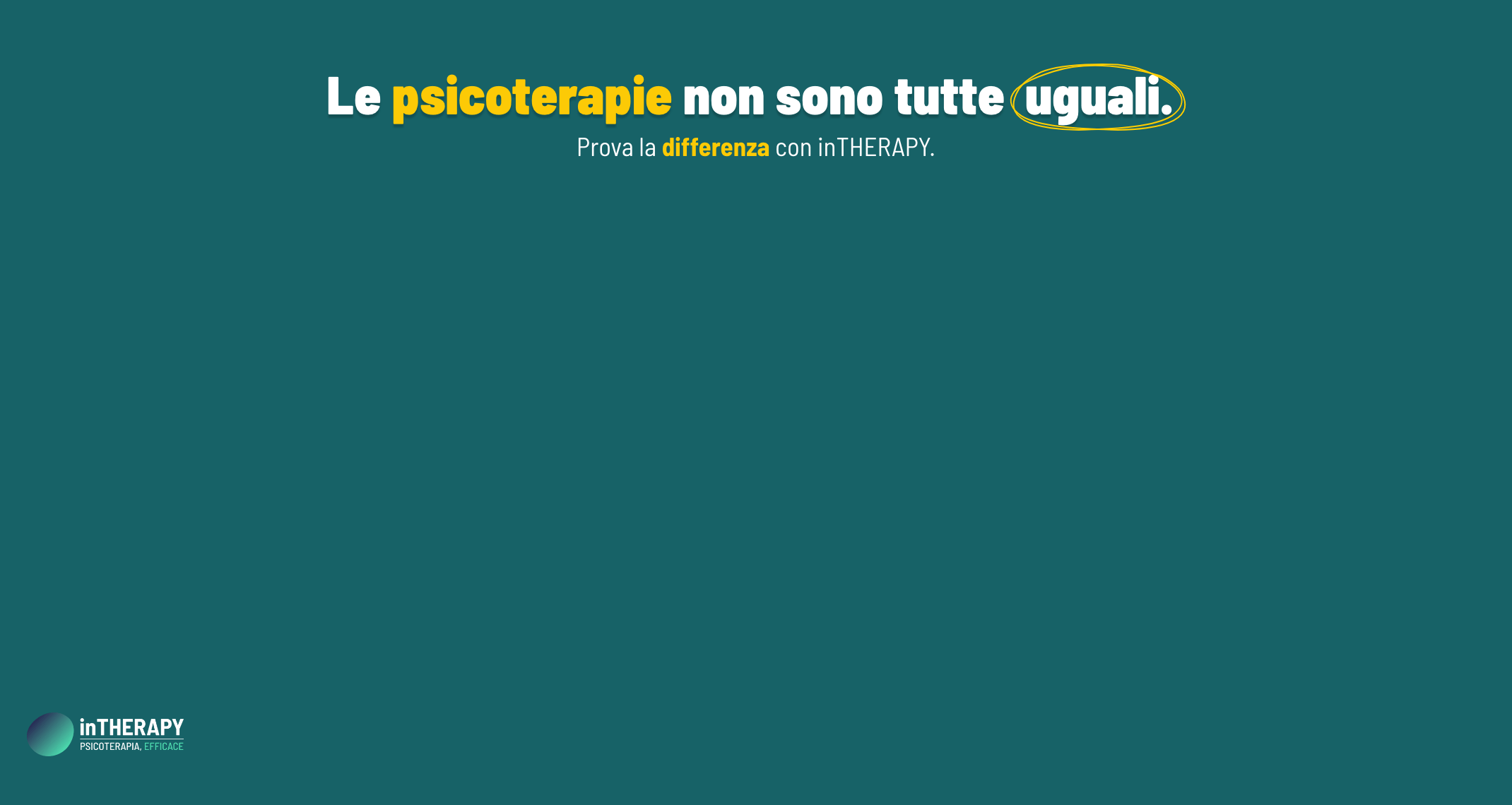Il neurofeedback è una metodologia che aiuta a tenere sotto controllo l’attività cerebrale e le emozioni ed è stata testata anche sui più giovani.
SISSA, Scuola Internazionale Superiore di Studi Avanzati
Infanzia e adolescenza sono età in cui si affrontano cambiamenti continui ed esperienze cruciali, e a volte il carico emotivo può essere difficile da gestire al punto che può addirittura provocare disagi psicologici successivi, in età adulta. Il neurofeedback è una metodologia che aiuta gli individui a tenere sotto controllo l’attività cerebrale (per esempio relativa a un evento emozionale), ma per ora è stato utilizzato solo sugli adulti. Un nuovo studio pubblicato su NeuroImage dimostra che la tecnica è promettente anche per i soggetti più giovani.
La difficoltà nell’affrontare le emozioni e tenerle sotto controllo può provocare disagi psicologici di varia natura, quando addirittura non si arriva (nel caso di eventi emotivamente catastrofici) a vere e proprie sindromi psichiatriche. Questo è vero soprattutto in età evolutiva: i traumi giovanili possono contribuire a sviluppare successivamente problemi di depressione, ansia, e anche peggio. Esistono varie tecniche per aiutare le persone a controllare le emozioni, fra queste c’è il neurofeedback, una metodologia con cui informazioni sulle variazioni dell’attività neurale di un individuo vengono fornite allo stesso individuo in tempo reale, permettendogli di autoregolare questa attività (ottenendo così un cambio nel comportamento del paziente). Questa metodologia è già in uso a scopo terapeutico sugli adulti, ma non è mai stata testata sui più giovani, che sono fra i soggetti più vulnerabili e che maggiormente potrebbero giovare dell’efficace controllo delle proprie emozioni.
Il nuovo studio ha usato il neurofeedback a risonanza magnetica funzionale (fMRI) in tempo reale su un campione di ragazzi.
[blockquote style=”1″]Abbiamo lavorato con soggetti fra i 7 e i 16 anni. I ragazzi osservavano immagini emotivamente cariche mentre la loro attività cerebrale veniva monitorata, per poi essere ‘restituita’ in tempo reale ai soggetti stessi[/blockquote] spiega Moses Sokunbi, ricercatore della SISSA, fra gli autori del lavoro. L’area cerebrale di riferimento, in particolare, era una porzione di corteccia cerebrale chiamata insula.
I ragazzi vedevano il livello di attivazione dell’insula su un “termometro” rappresentato sullo schermo di un computer e venivano istruiti a diminuire o aumentare l’attivazione con strategie cognitive, verificando poi l’effetto sul termometro.
Tutti i partecipanti hanno imparato a sovraregolare (innalzare) l’attività dell’insula (ma son stati meno bravi a sottoregolarla). Inoltre grazie a tecniche specifiche di analisi è stato possibile ricostruire il network complessivo delle aree coinvolte nella regolazione delle emozioni (oltre all’insula) e il flusso dell’attivazione al suo interno. In questo modo gli scienziati hanno potuto osservare che la direzione del flusso osservato quando il soggetto sovraregolava si ribaltava quando invece il soggetto sottoregolava.
[blockquote style=”1″]Questo risultato mostra che l’effetto del neurofeedback è andato oltre la superficie – la semplice attivazione dell’insula – influenzando profondamente tutto il network di regolazione delle emozioni[/blockquote] spiega Kathrine Cohen Kadosh, ricercatrice dell’Università di Oxford e prima autrice dello studio. [blockquote style=”1″]Questi risultati messi insieme dimostrano che il neurofeedback è una metodologia che può essere utilizzata con successo nei soggetti giovani.[/blockquote]
[blockquote style=”1″]L’infanzia e l’adolescenza sono periodi estremamente importanti per lo sviluppo emotivo Per questo motivo, l’abilità di plasmare i network cerebrali associati alla regolazione delle emozioni potrebbe essere cruciale per la prevenzione di malattie mentali, che sappiamo aver origine in questo periodo vitale quando la capacità emotiva del cervello si sta ancora formando[/blockquote] spiega Jennifer Lau, dell’Istituto di Psichiatria, Psicologia e Neuroscienza del King’s College di Londra, anche lei nel team che ha condotto lo studio.
LINK UTILI: • Link all’articolo originale: http://goo.gl/1A0jzL
IMMAGINI: • Crediti: Clemens v. Vogelsang (Glickr: https://goo.gl/dyZdda)
Contatti: Ufficio stampa: [email protected] Tel: (+39) 040 3787644 | (+39) 366-3677586
via Bonomea, 265 34136 Trieste
Maggiori informazioni sulla SISSA: www.sissa.it
Childhood and adolescence are ages of constant change and crucial experiences. At times the emotional weight can be difficult to manage and may lead to psychological issues in adulthood. Neurofeedback is a method that helps individuals to keep their brain activity (for example a response to an emotional event ) under control. While routinely used on adults, a new study published in NeuroImage demonstrates that the technique shows promise for young people as well.
Difficulty handling emotions and keeping them under control can cause various psychological issues and even lead to full-blown psychiatric problems (in cases of emotionally catastrophic events). This is especially true in childhood. Trauma experienced in youth can contribute to later problems such as depression, anxiety and even more serious conditions. There are various techniques for helping people control their emotions, including neurofeedback, a training method in which information about changes in an individual’s neural activity is provided to the individual in real-time and this enables the individual to self-regulate this neural activity to produces changes in behaviour. While already in use as a treatment tool for adults, until now the methodology had not been used on young people who are more vulnerable and could thus benefit from more efficient control of their emotions.
[blockquote style=”1″]The new study used real time fMRI-based neurofeedback on a sample of kids. We worked with subjects between the ages of 7 and 16 “They observed emotionally- charged images while we monitored their brain activity, before ‘returning’ it back to them[/blockquote] explains SISSA researcher and one of the authors of the study, Moses Sokunbi. The region of the brain studied was the insula, which is found in the cerebral cortex.
The young participants could see the level of activation of the insula on a “thermometer” presented on the MRI projector screen and were instructed to reduce or increase activation with cognitive strategies while verifying the effects on the thermometer. All of them learned how to increase insula activity (decreasing was more difficult).Specific analysis techniques made it possible to reconstruct the complete network of the areas involved in regulating emotions (besides the insula) and the internal flow of activation. In this way, scientists observed that the direction of flow when activity was increased reversed when decreased.
[blockquote style=”1″]These results show that the effect of neurofeedback went beyond the superficial- simple activation of the insula- by influencing the entire network that regulates emotions. They demonstrate that neurofeedback is a methodology that can be used successfully with young people[/blockquote] explains Kathrine Cohen Kadosh, Oxford University researcher and first author of the study.
[blockquote style=”1″]Childhood and adolescence is an extremely important time for young people’s emotional development. Therefore, the ability to shape brain networks associated with the regulation of emotions could be crucial for preventing future mental health problems, which are known to arise during this vital period when the brain’s emotional capacity is still developing [/blockquote] says Jennifer Lau, from the Institute of Psychiatry, Psychology & Neuroscience at King’s College London, who has taken part in the study.
USEFUL LINKS: • Link to the original paper: http://goo.gl/1A0jzL
IMAGE: • Credits: Clemens v. Vogelsang (Glickr: https://goo.gl/dyZdda)
Contacts: Press office: [email protected] Tel: (+39) 040 3787644 | (+39) 366-3677586
via Bonomea, 265 34136 Trieste
More information about SISSA: www.sissa.it



